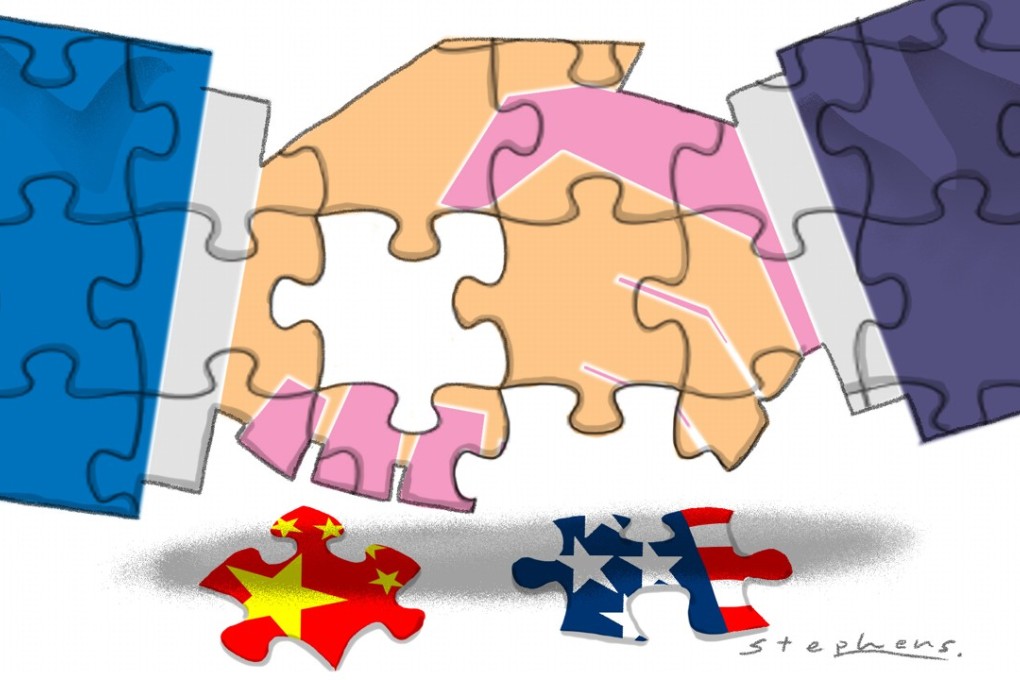China and the US both have a role in promoting free trade in the Asia-Pacific region
Dan Steinbock says even before Trump’s scepticism, the US used trade as a geopolitical weapon against China, and now truly ‘free’ trade in the Asia-Pacific needs to include both major powers

In reality, the world of free trade is now in the kind of flux that has not been since the post-1945 era.
Donald Trump talks tough on trade at APEC
Trade in times of Trump – make globalisation inclusive if you want voters to back openness in market
After the fifth round of Nafta talks ended amid simmering tensions, Canada and Mexico have hedged their bets against a potential collapse by pushing for deals with new partners, particularly China and other Asian countries.
Nafta is America’s post-cold war blueprint for other free trade deals. It came into force in 1994, amid the globalisation boom. Despite the fanfare, accusations of misconduct surfaced barely a year after the deal.
President Bill Clinton’s alleged abuses of public power led to a special counsel in the 1990s. Mexico’s president, Carlos Salinas, was appointed World Trade Organisation director general, but fled Mexico as his brothers were prosecuted in a multimillion-dollar fraud case.
In public, Nafta was promoted as a receipt for regional success, yet its record has proven mixed. While the agreement benefited consumers in three countries, it also contributed to investment outflows, unemployment and offshoring.